An online programme to support those living with breathlessness
Providing patients with education and non-drug treatments such as breathing exercises, pacing advice, distraction techniques and exercises to improve physical activity, which aim to improve breathlessness during daily life and at the point of crisis.
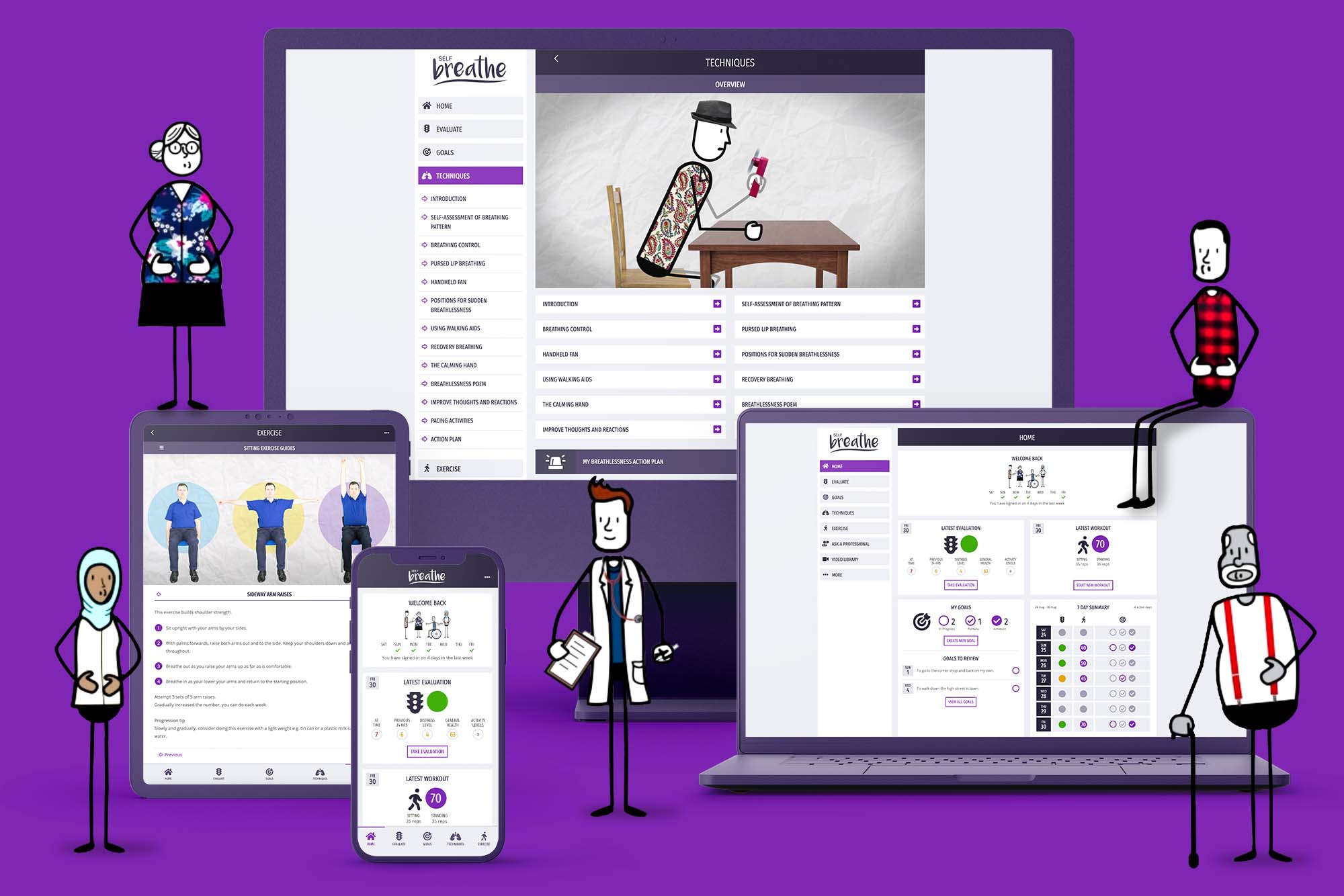
We are currently undertaking a clinical trial to see if using SELF-BREATHE improves people’s breathlessness
CLINICAL TRIAL
After a successful initial feasibility study , we’re carrying out a large clinical trial across England to see if using SELF-BREATHE improves people’s breathlessness.
At participating hospitals (study sites) people who experience breathlessness during daily life, when walking, climbing stairs, getting dressed, or even at rest will be invited to take part in this study.
Eligible patients that consent to take part in the study, will be asked to fill in some questionnaires about how breathlessness affects their life. Thereafter, patients will be randomly allocated to have access to SELF-BREATHE or not. All patients will continue with their health care and treatments.
At the end of the study, we will compare questionnaire answers for those that used SELF-BREATHE compared to those that did not, to see if using SELF-BREATHE improves breathlessness.
This valuable information will let us know if SELF-BREATHE should be rolled out within the NHS, to support those living with chronic breathlessness.
Background
Some health conditions make breathing difficult and uncomfortable. When this happens every day, it is called chronic breathlessness. Over 3 million people living with heart and lung disease have chronic breathlessness in the UK.
Breathlessness is a very distressing symptom for patients and those close to them. Many people feel helpless, unable to control their breathlessness resulting in them unable to do the things that are important to them. Frequently people attend the Emergency Department seeking help with their breathlessness.
A potential solution is SELF-BREATHE, which offers education and breathlessness self -management tools online.
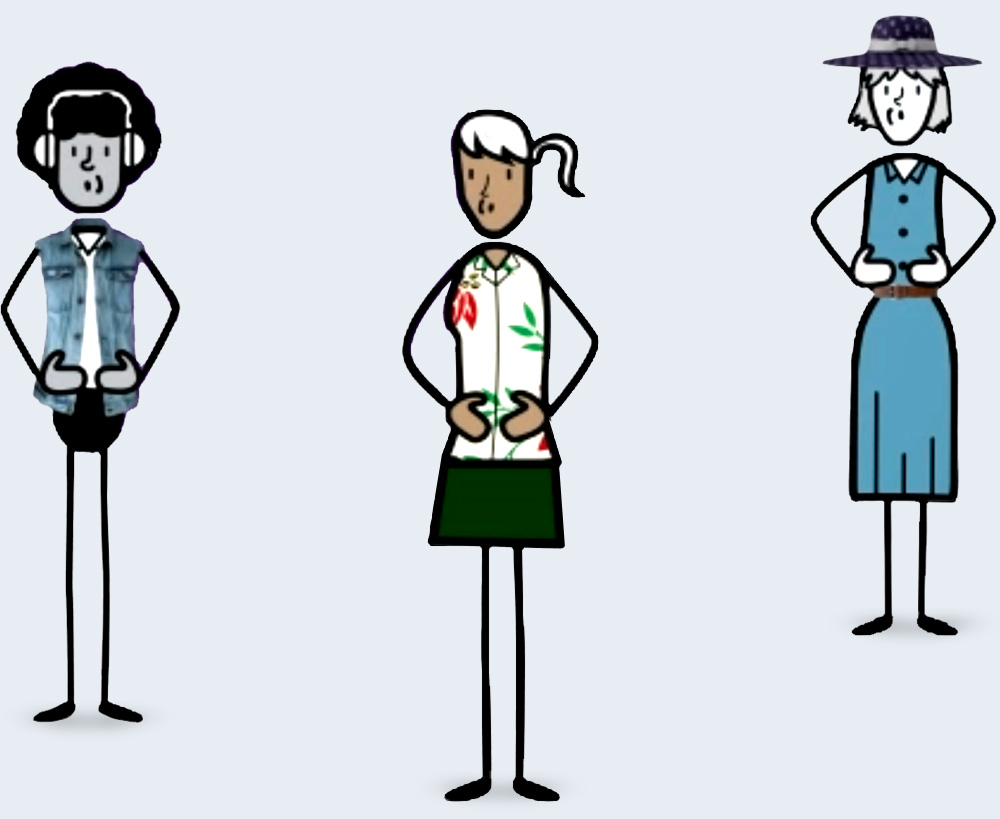
PROGRAMME
SELF-BREATHE is a new digital approach to support individuals living with chronic breathlessness. SELF-BREATHE was developed by Dr Charles Reilly, a Consultant Respiratory Physiotherapist, working with digital experts and most importantly patients living with breathlessness due to lung disease.
SELF-BREATHE provides users with education and self-management tools such as, pacing advice, exercises to improve physical activity, goal setting and breathing exercises.
Using the techniques suggested within SELF-BREATHE aims to increase users’ confidence in their ability to control their breathlessness during daily life and at the points of breathlessness crisis. SELF-BREATHE is accessible via internet enabled devices such as mobile phones, computers and tablets, meaning it is easy to access when and where patients need it.
Please note that currently SELF-BREATHE is not available to everyone and access is restricted to individuals participating in the randomised controlled trial.
SELF-BREATHE has seven core components
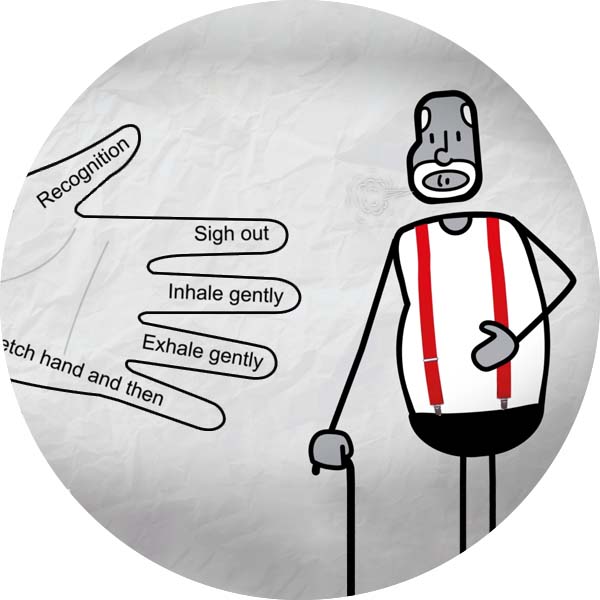
Patient education about chronic breathlessness and self-management
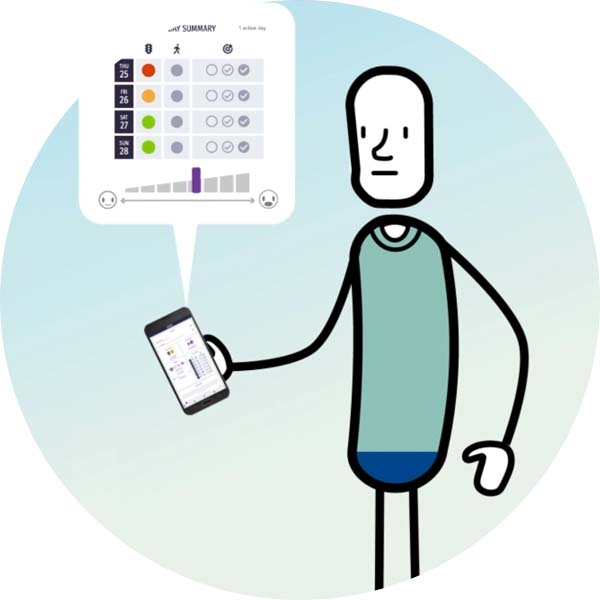
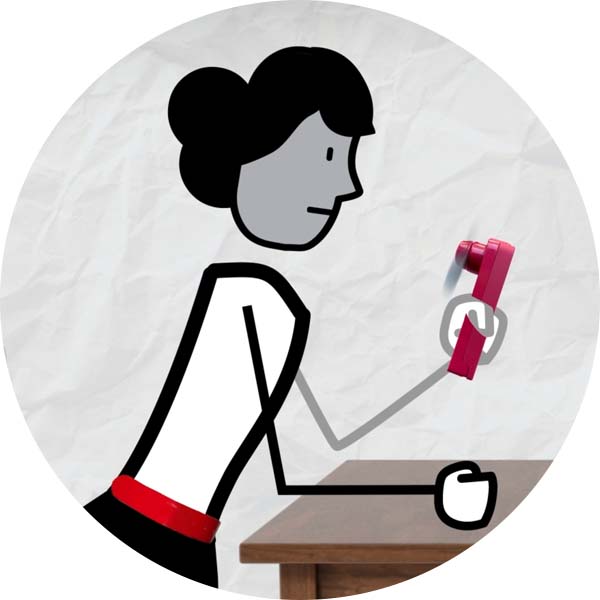
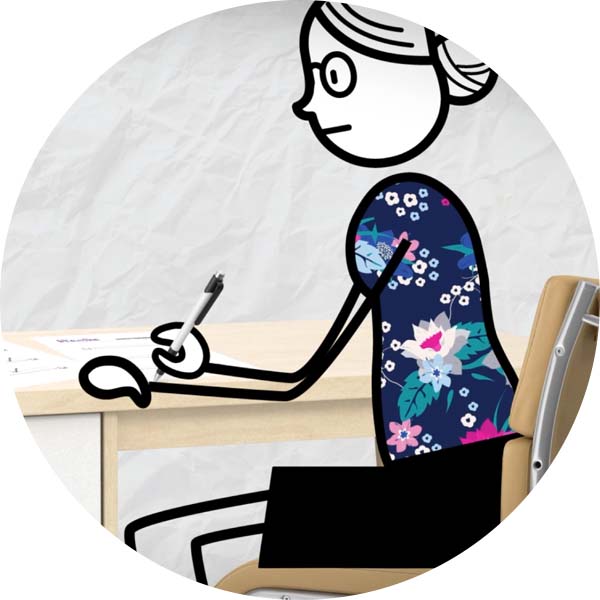
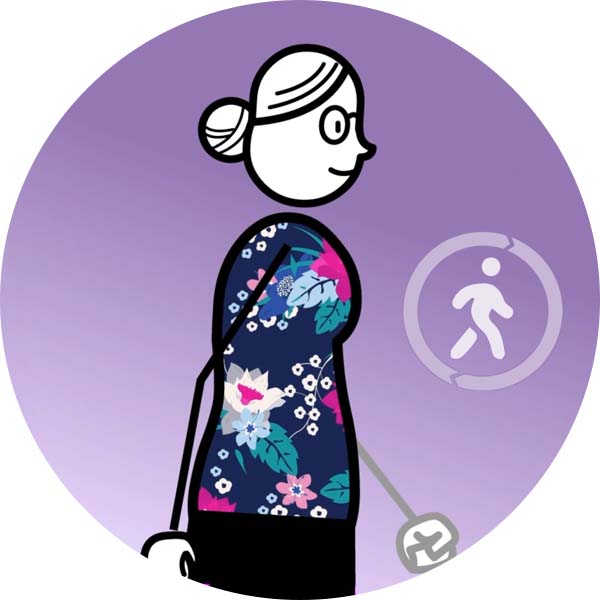
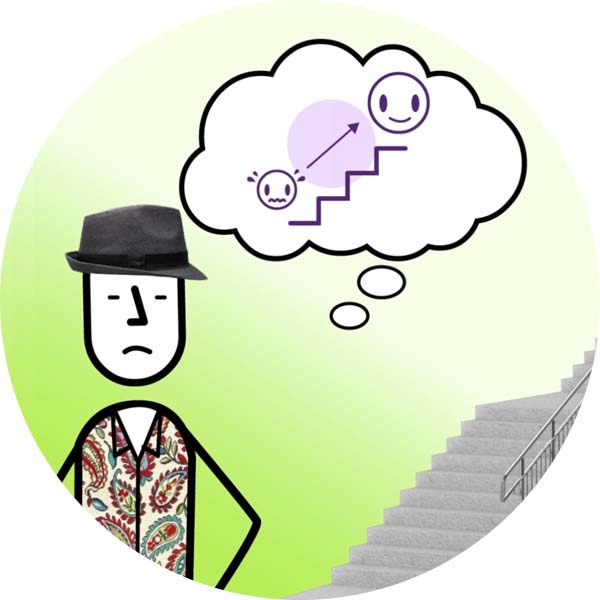
Personalised goal setting
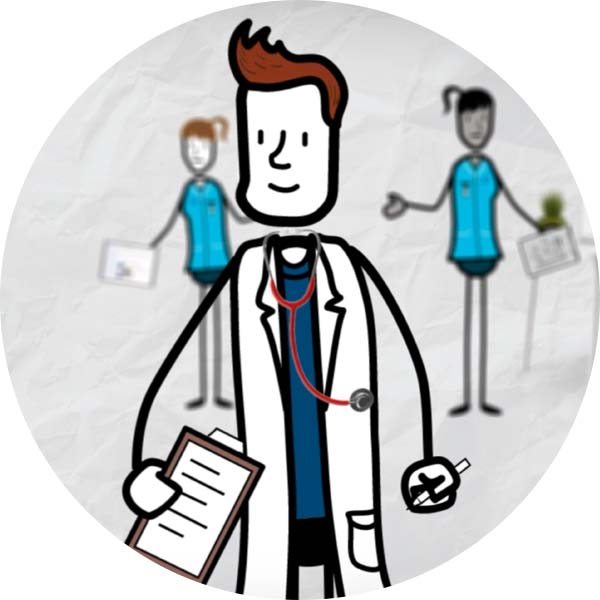
Testimonials
The results from our feasibility study showed that SELF-BREATHE was acceptable and valued by users
Users reported that SELF-BREATHE provided them with breathlessness self-management tools that helped during daily life and during breathlessness crisis.
SELF-BREATHE is very directed at self-motivation, so I did it every other day or every day sometimes.
One thing that I found very, very useful was the idea of using the fan when you’re breathless, that really worked for me, so I do that constantly all the time now.
The exercises were really good and some of them I am continuing to do. I would say SELF-BREATHE helped me control my breathing.
Patient with Interstitial Lung Disease (ILD)
SELF-BREATHE also encouraged me to set my own goals, one being to walk more steps in a day. I’m now above 5,000 steps a day!
It takes commitment, but it is so worth it.
I know I can’t be cured, but it has certainly helped me in controlling my breathing and my mental health.
Patient with Interstitial Lung Disease (ILD)
It was good because when you have a breathing attack you automatically just clam up and panic, so it was nice to be able to have that information to hand.
I found the breathing techniques helpful, especially with the pursed lips, the relaxation. The bending over and breathing from the diaphragm also helped.
Patient with Chronic Obstructive Pulmonary Disease (COPD)
Contact
If you have an queries about SELF-BREATHE then just get in touch using the contact form below and we’ll get back to you shortly.
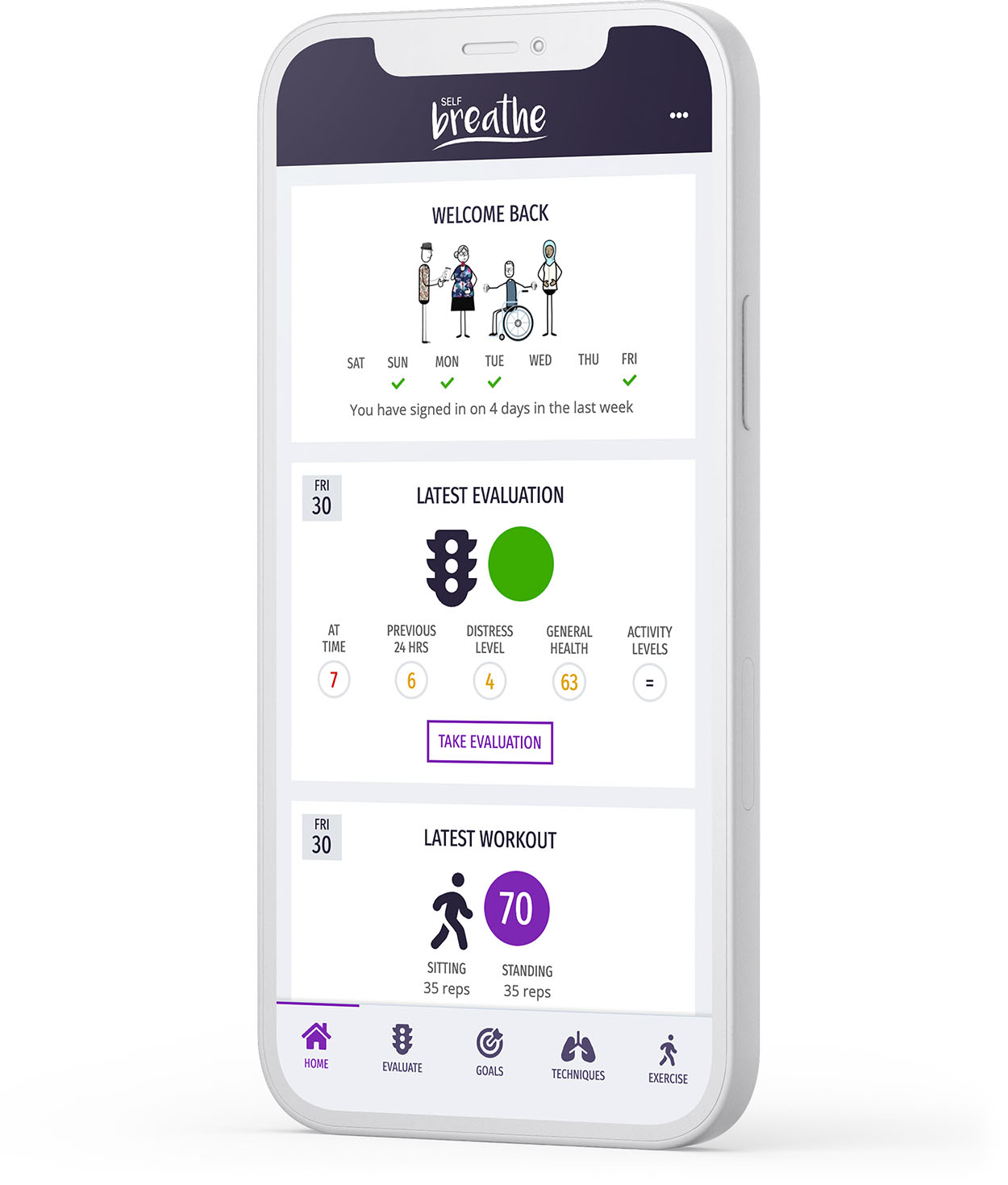
The views expressed are those of the author(s) and not necessarily
those of the NIHR or the Department of Health and Social Care
Clinical Trial Registration Number: ISRCTN13121835
